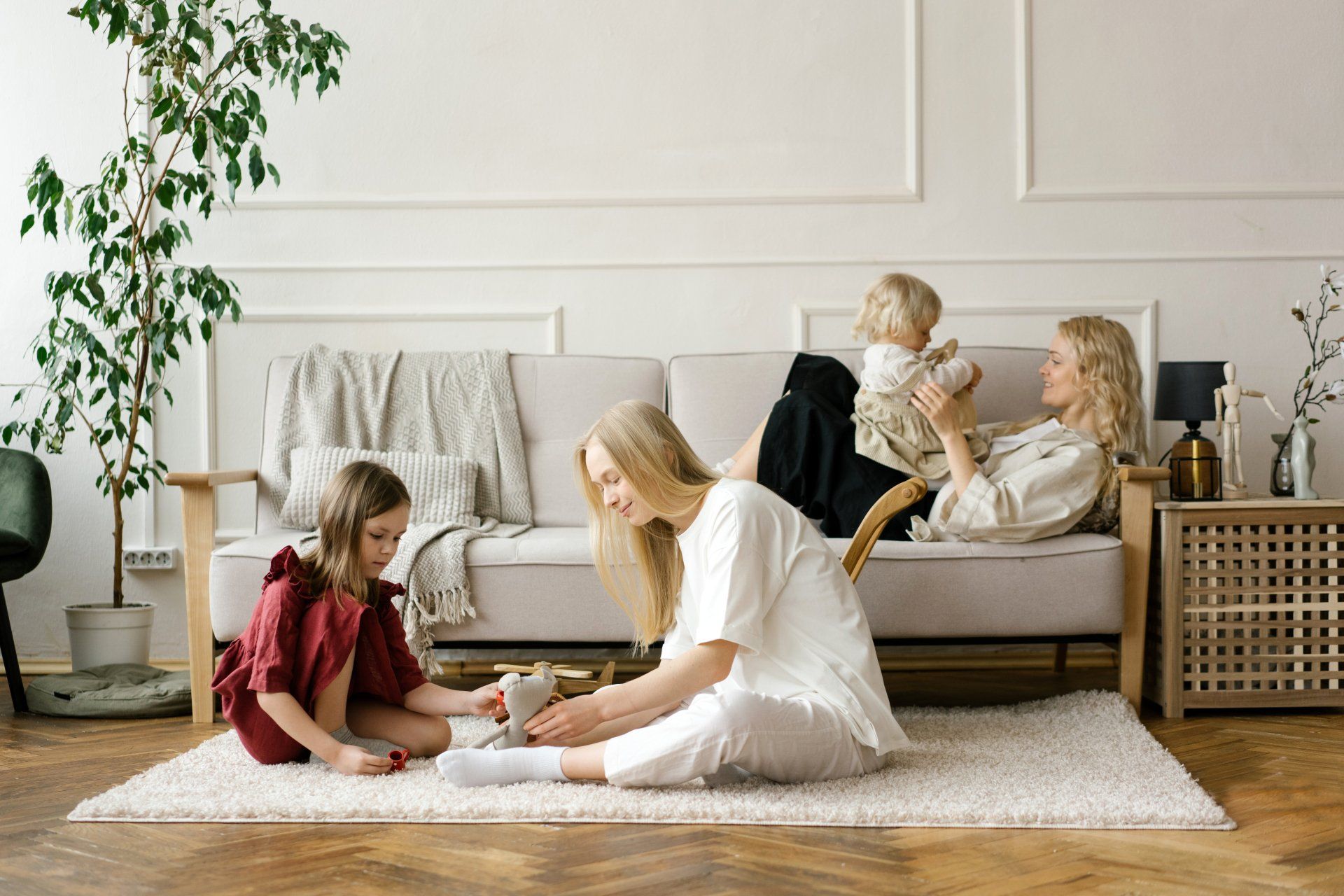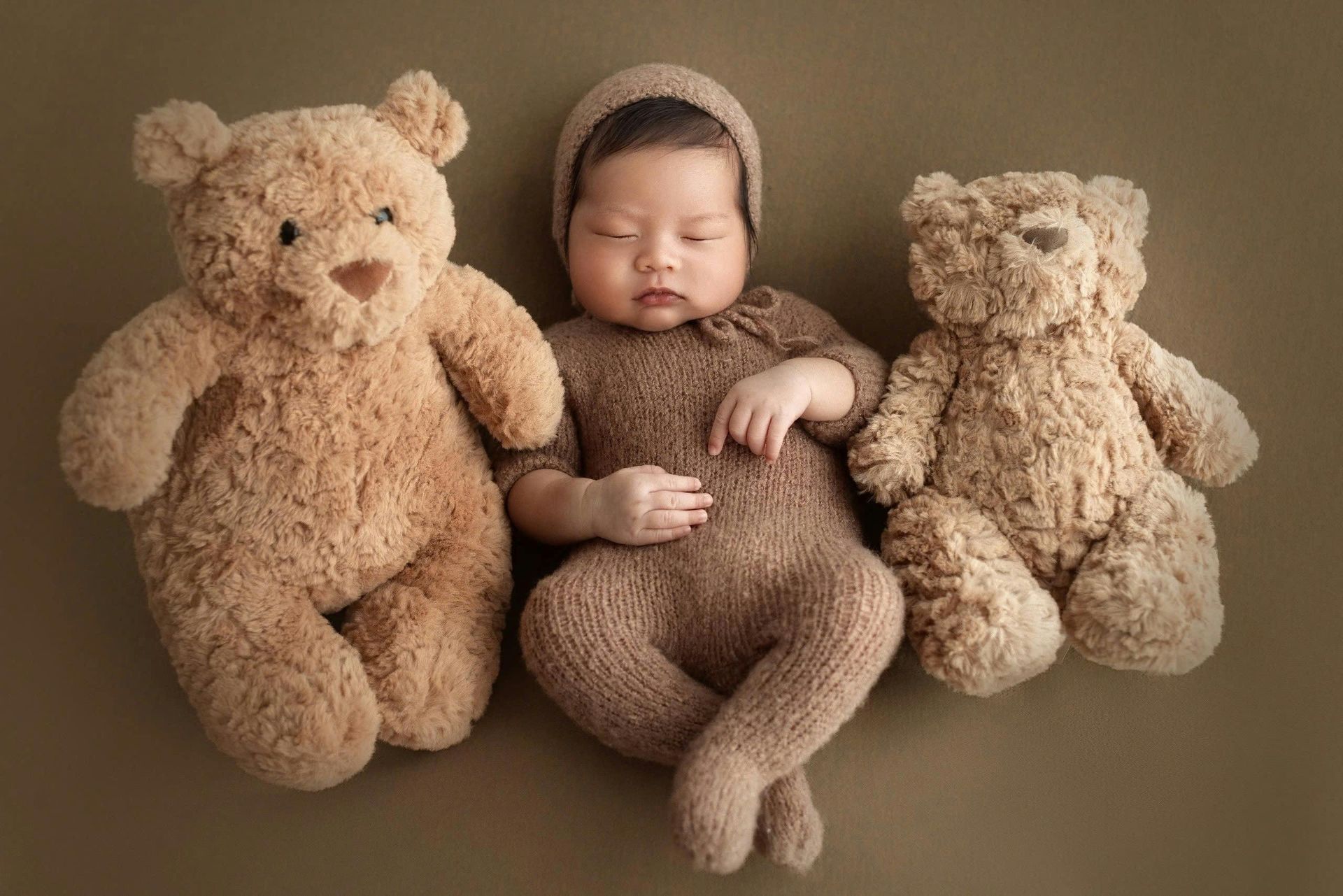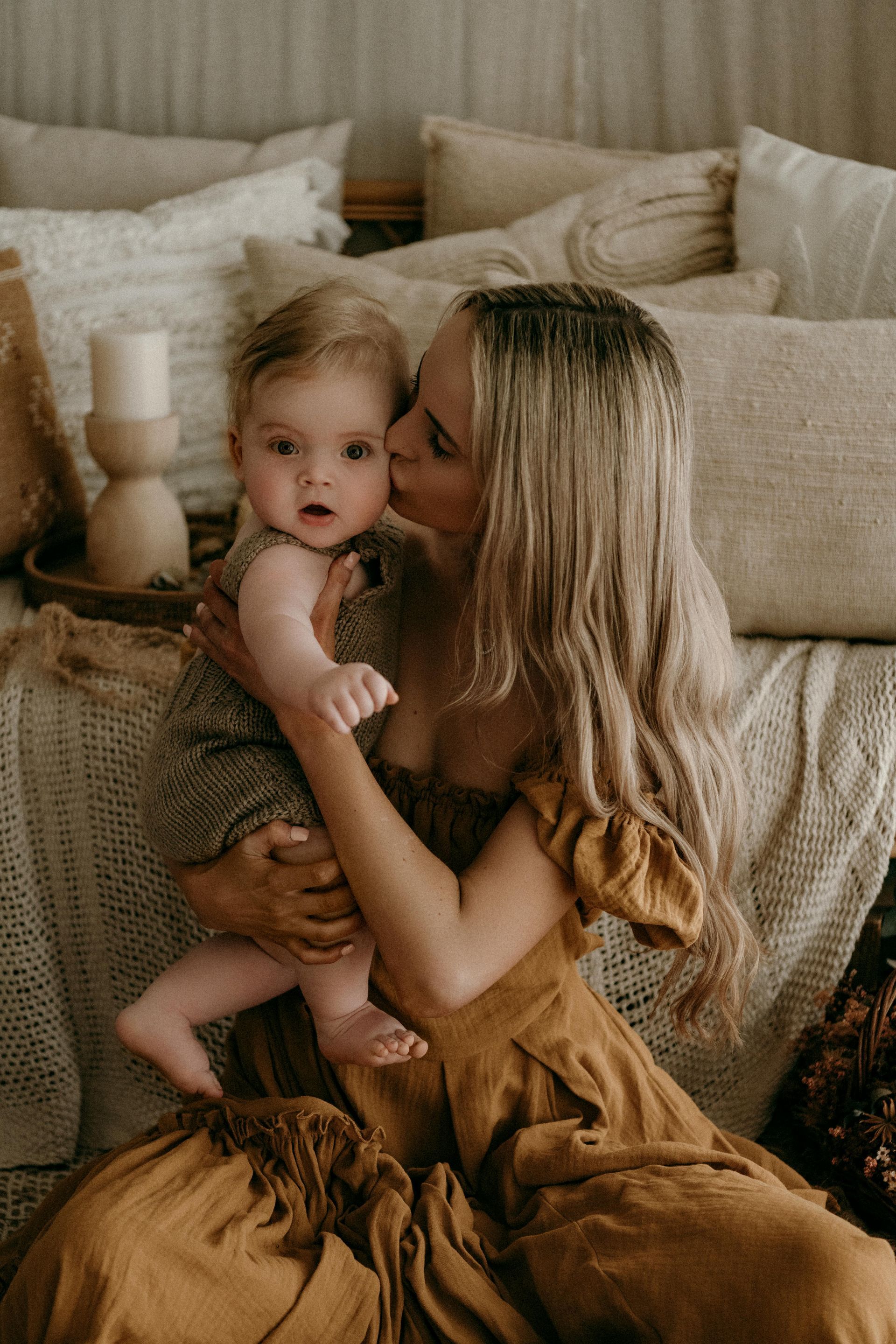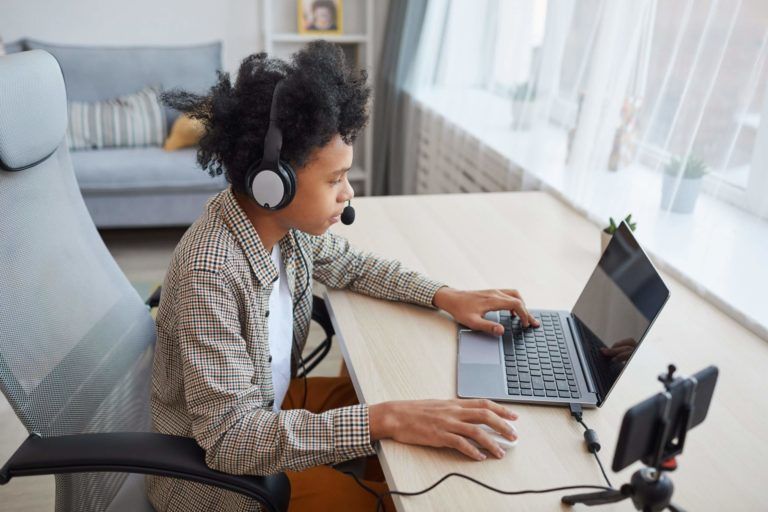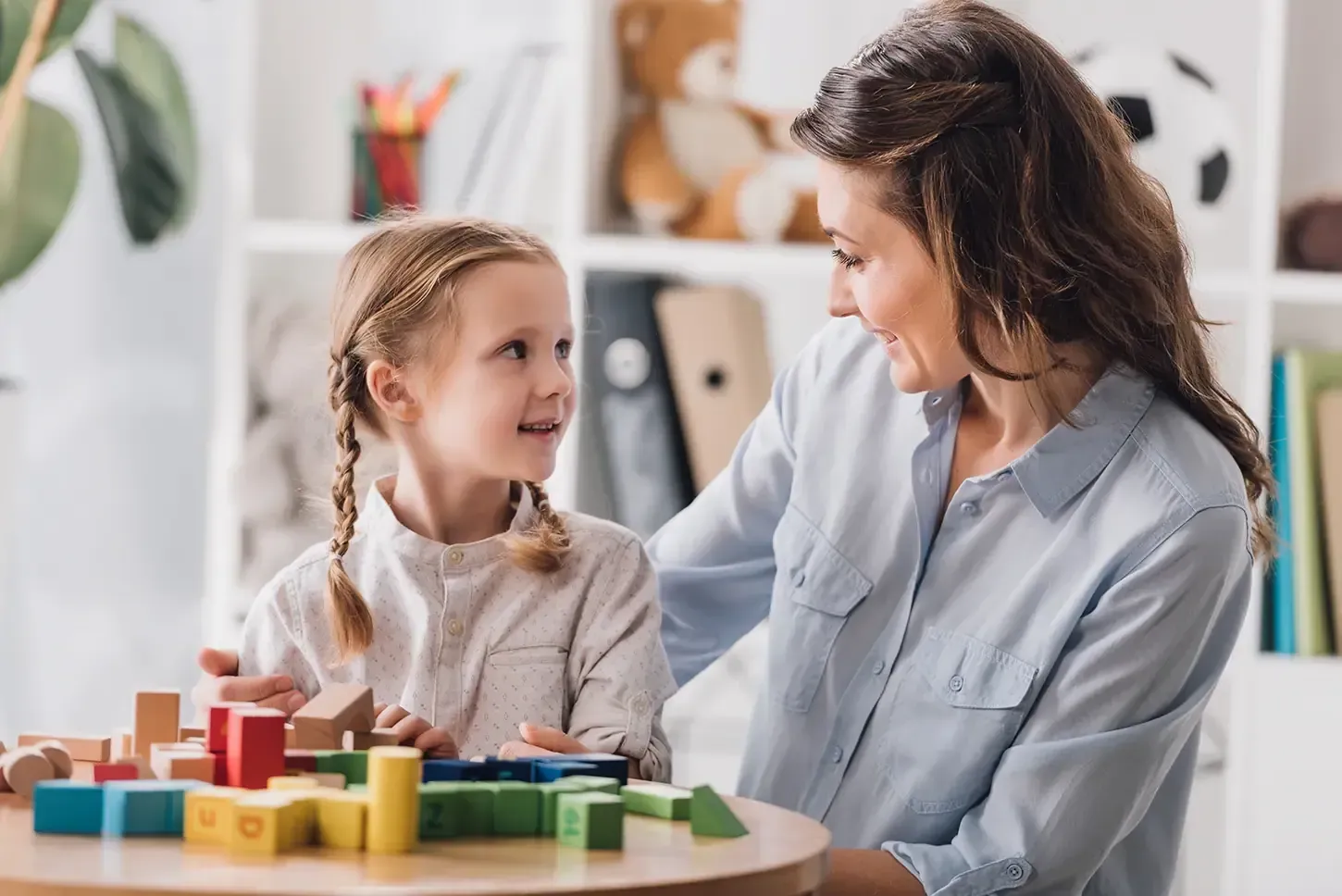Why Childcare Workers Need First Aid Training

Kids First Aid for Nannies & Babysitters (And Parents)
Considering first aid training for yourself or your caregiver? Possibly the biggest worry when hiring a nanny or babysitter to care for your child is safety. Would your caregiver know how to respond to something happening to your little bundle of joy while you aren’t there?
Children hurt themselves; it’s a fact of life. As part of their physical development, they will challenge themselves and be hurt. There are many straight-forward child safety strategies you can implement at home to keep curious little people in check. But how can you ensure the best possible outcome when an accident or injury occurs? Will your caregiver know what to do? Will you know what to do?
Don’t worry, this guide is here to help. We know how important it is for parents and caregivers to know how to respond in case of an emergency.
First Aid training is not only important to care for your children. It also gives you reassurance that if something did happen, it can be dealt with calmly and confidently.
Be prepared & get qualified
- It’s recommended that all babysitters and nannies hold a valid and current First Aid Qualification. New parents and parents of young children are encouraged to undertake the training also.
- Emergency medical treatment for young children or babies isn’t always the same as for adults, so a certification in Child/Paediatric First Aid is better.
- Ensure that the training has been or will be undertaken through a Registered Training Organisation (RTO).
- Refresher courses should also be undertaken regularly as recommended by the training provider, especially CPR as first aid practices change and skills can be lost when not used.
- Ensure you have a fully stocked first aid kit. The recommendations for what to include will vary, just make sure you have what you need to deal with common minor injuries.
Child/Paediatric First Aid & CPR training
Childcare First Aid is a first aid course that has an additional focus on first aid applied to infants and children. It is essential education for parents and caregivers. It will teach the skills and knowledge needed to provide a first aid response to an infant, child and adult. Along with CPR techniques that apply to infants, children, and adults, it teachers how to assess emergency situations and provide first aid for a wide variety of injuries and medical conditions.
NOTE: If a child is severely injured, has collapsed, stopped breathing or is fitting or suffering an anaphylactic reaction – Call triple zero (000) for an ambulance.
